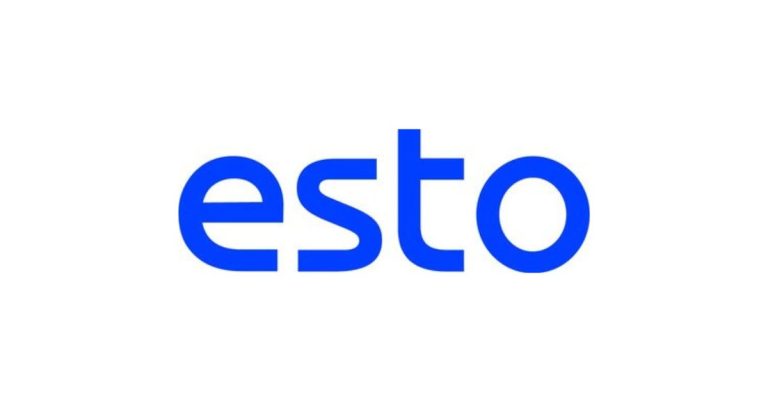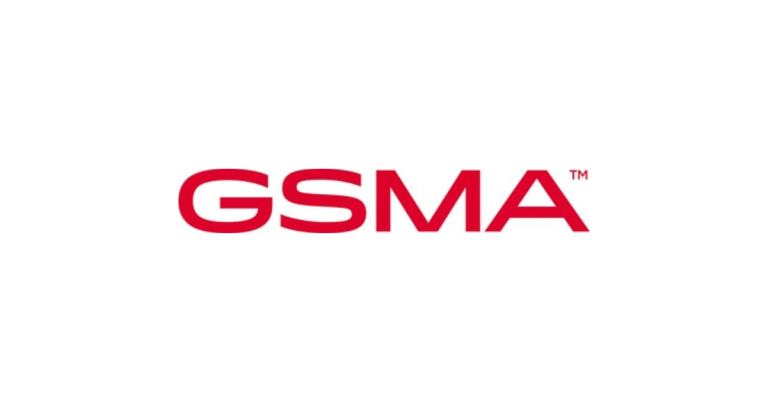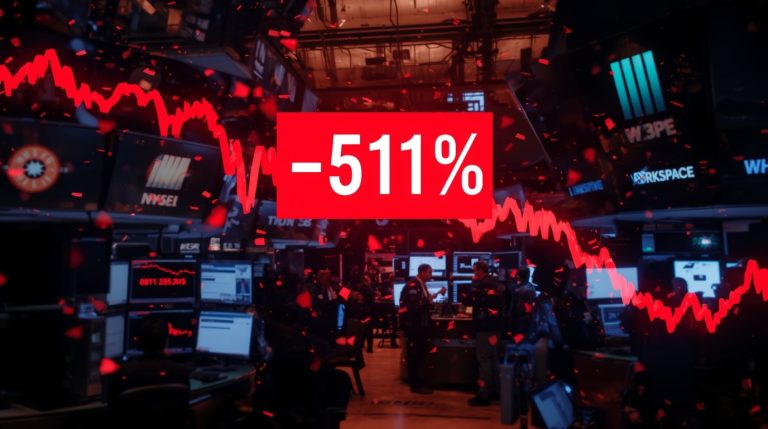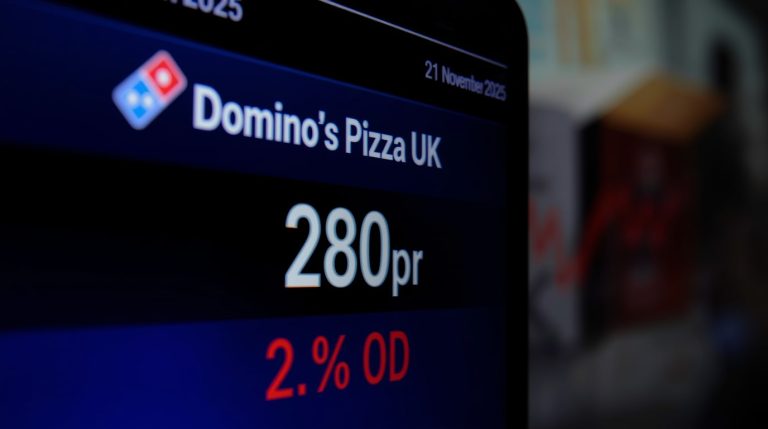On the day of November 24, 2025, Ethereum remains the focus of the cryptocurrency market as its price remains stable above key levels of support, as more institutional products are released and more people are thrilled by the prospect of network upgrades.
The most significant smart contract platform in the world has proven to be incredibly resilient as it has recovered after recent declines, with the rest of the market recovering. These occurrences are being keenly followed by the investors, and this is an indication of a possible reversal of the negative trend of the past few weeks, to renewed upward momentum in the coming weeks.
Ethereum Price Today November 24, 2025: ETH Trades at $2,841 with Modest Daily Gains
Ethereum is traded at $2,841, which is 0.76% higher than in the last 24 hours. The cryptocurrency has been able to protect the important mark of 2,800 after it temporarily fell below it earlier in the week. The trading is still vigorous with a 24-hour volume of more than 23 billion, indicating the involvement of traders all over the world. Its capitalisation is an amazing 343 billion, and it is an indicator of the leading role of Ethereum in the sector.
It is a stabilisation following a foundation of pressure that brought the price to as low as $2,780 due to liquidity fears. Nonetheless, buyers intervened forcefully and ETH reverted to the positive side.
The recovery is in line with an overall crypto market recovery, in which risk appetite has come back after indications of positive economic news. The recent price activity is considered by many as an active consolidation process and the stage leading to a possible breakout, provided that favourable conditions remain.
Singapore Exchange Launches Ethereum Perpetual Futures Today
An important development that is happening currently is the introduction of Ethereum perpetual futures into the Singapore Exchange. This regulated derivative provides institutional investors with a transparent means of being exposed to the motion of ETH without the complications of owning it directly. The traditional financial protection added to the crypto innovation is expected to bring in a substantial amount of new money to the ecosystem.
The perpetual futures contracts utilise set benchmarks, and the prices are reliable and have less risk. The move underscores the increased involvement of digital assets in mainstream finance, which offers professional traders products that have been hitherto restricted to offshore offerings. There are initial signs of high interest that would help Ethereum to gain liquidity and a more stable price discovery over the short run.
Ethereum Whales Accumulate Millions Amid ETF Outflows
Although there have been significant outflows of Ethereum exchange-traded funds in the recent past, large-scale players referred to as whales have been acquiring the dip. Purchases of more than 59 million in the ETH have been reported, which proves that people believe in the future value of the asset. This buildup is in the face of certain institutional products undergoing some redemptions in the short term, which brings about an interesting market dynamics contrast.
Whales do not seem to be bothered by the temporary liquidity issues, considering the existing prices as a good point of entry. Exchange reserves have gone down to multi-year lows and further tighten supply, thus positioning it to push up. This action by the large holders usually is a precursor to long-term expansion, because it absorbs selling pressure and provides a firmer foundation for future rallies.
Upgrade Hype Builds in Fusaka Upgrade Before December
There is an increasing anticipation that the Fusaka upgrade to be completed in the early part of December 2025. This much-needed update will be a great enhancement in data capacity to layer-2 networks, thus improving the scalability and lowering costs to the users. The upgrade can solve major bottlenecks that have affected the performance during the high-demand conditions, by optimising the space of the blobs as well as the introduction of PeerDAS technology.
The enhancements are regarded as the essential part of sustaining the competitive advantage of Ethereum in decentralised finance and other solutions. Both developers and users are excited about what a faster transaction and reduced fees might mean in terms of growing the usage of the ecosystem. Together with the larger roadmap that entails the single-slot finality next year, these improvements support the idea of Ethereum evolving.
Devcon 8 Heads to Mumbai in 2026, Highlighting Global Growth
This is expected to change as the Ethereum Foundation has declared that Devcon 8, the main community conference, will be held in Mumbai, India, in the year 2026. This move highlights the growing power of Ethereum in new markets, where developers and users are growing massively. Certainly, the event offers to gather thousands of builders, innovators, and enthusiasts to cooperate on the future of the network.
Devcon will be hosted in Mumbai, and this is likely to hasten the local talent development and new projects based on regional requirements. Previous conferences have brought significant progress, and this one may be a significant one in determining the future of Ethereum as more people worldwide show interest in blockchain technology.
The Ethereum Strengthens Institutional Growth
To further consolidate its institutional presence, products related to Ethereum are being launched on platforms. Recent entries are also the 24/7 trading of ETH derivatives, and participation by professional investors is now more accessible all day and all night. These advancements are in addition to the rising range of financial products associated with the asset, such as ETFs and lending procedures.
The flow of controlled products is attracting the old money players into the field, offering additional avenues of allocating capital. The ability to have a diversified source of demand aids in counteracting volatility and promoting consistent growth because Ethereum has fewer barriers to entry.
Ethereum Outlook: Analysts Eye $3,900 Target by Month-End
Going ahead, the business analysts are still optimistic regarding the future of Ethereum. Most of them are trending towards a 3900 at the end of November due to the impending upgrade, introduction of new derivatives and even the possibility of macroeconomic tailwinds such as interest rate changes. Projections indicate that even beyond the year-end, the project will help to increase it even further, with some predicting that Ethereum will open new all-time highs within the next year.
The growth has a powerful storyline with technical advancement, supporting the whales as well as the institutional momentum. Although the crypto market is prone to short-term volatility, the fundamentals seem to be strong. The use of Ethereum in the decentralisation and non-fungible token and Web3 development is crucial to guarantee its relevance, compelling constant investment and development.
The cryptocurrency community is now awaiting any further indication as the day goes by, through the launch of futures today and any other whale activity. As one of the established catalysts, Ethereum has all the chances to spearhead the next wave of blockchain development, with opportunities available on either end of the spectrum.
The adaptable and innovative nature of the platform remains a point of differentiation, and it remains a point of focus for every individual who would desire to know the future of digital finance.












 Bitcoin
Bitcoin  Ethereum
Ethereum  Tether
Tether  XRP
XRP  Wrapped SOL
Wrapped SOL  USDC
USDC  Lido Staked Ether
Lido Staked Ether  TRON
TRON  Cardano
Cardano  Avalanche
Avalanche  Toncoin
Toncoin